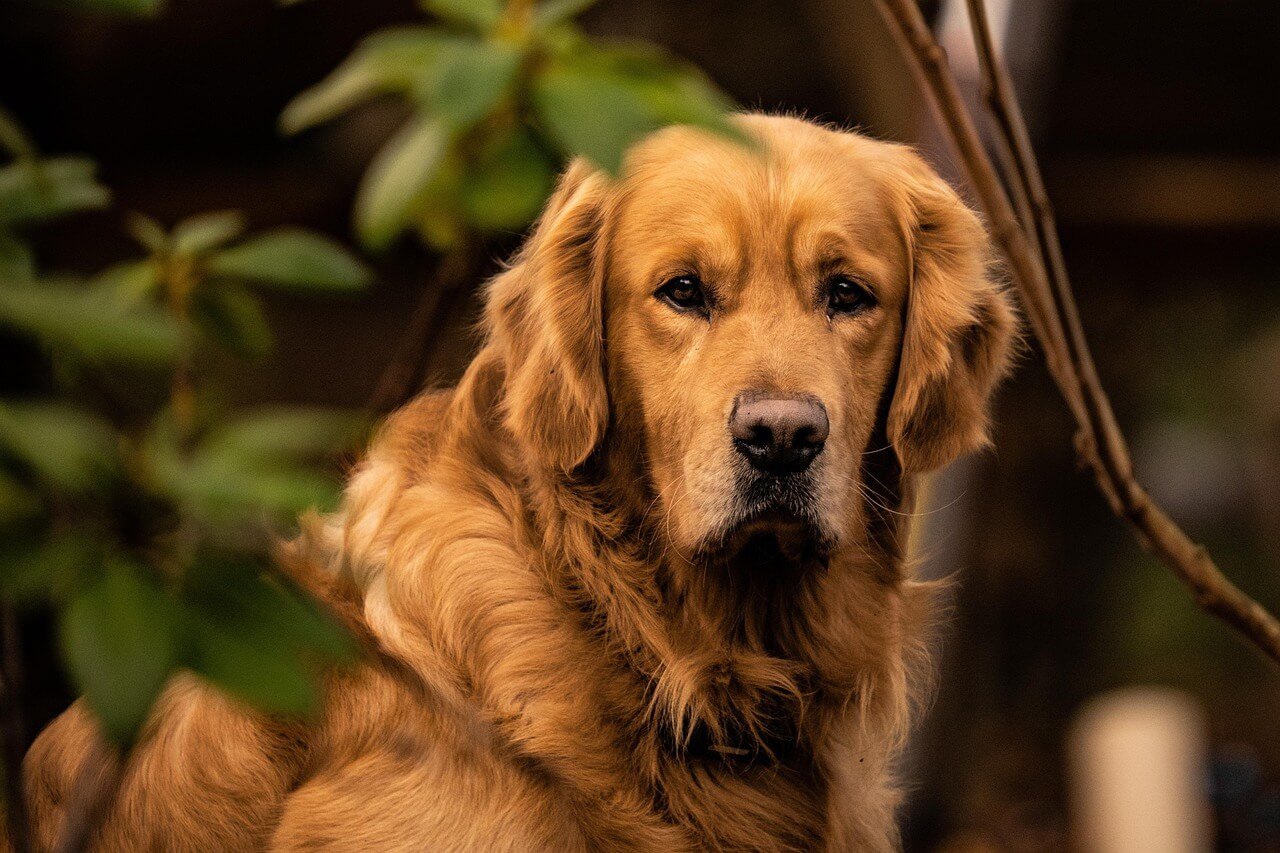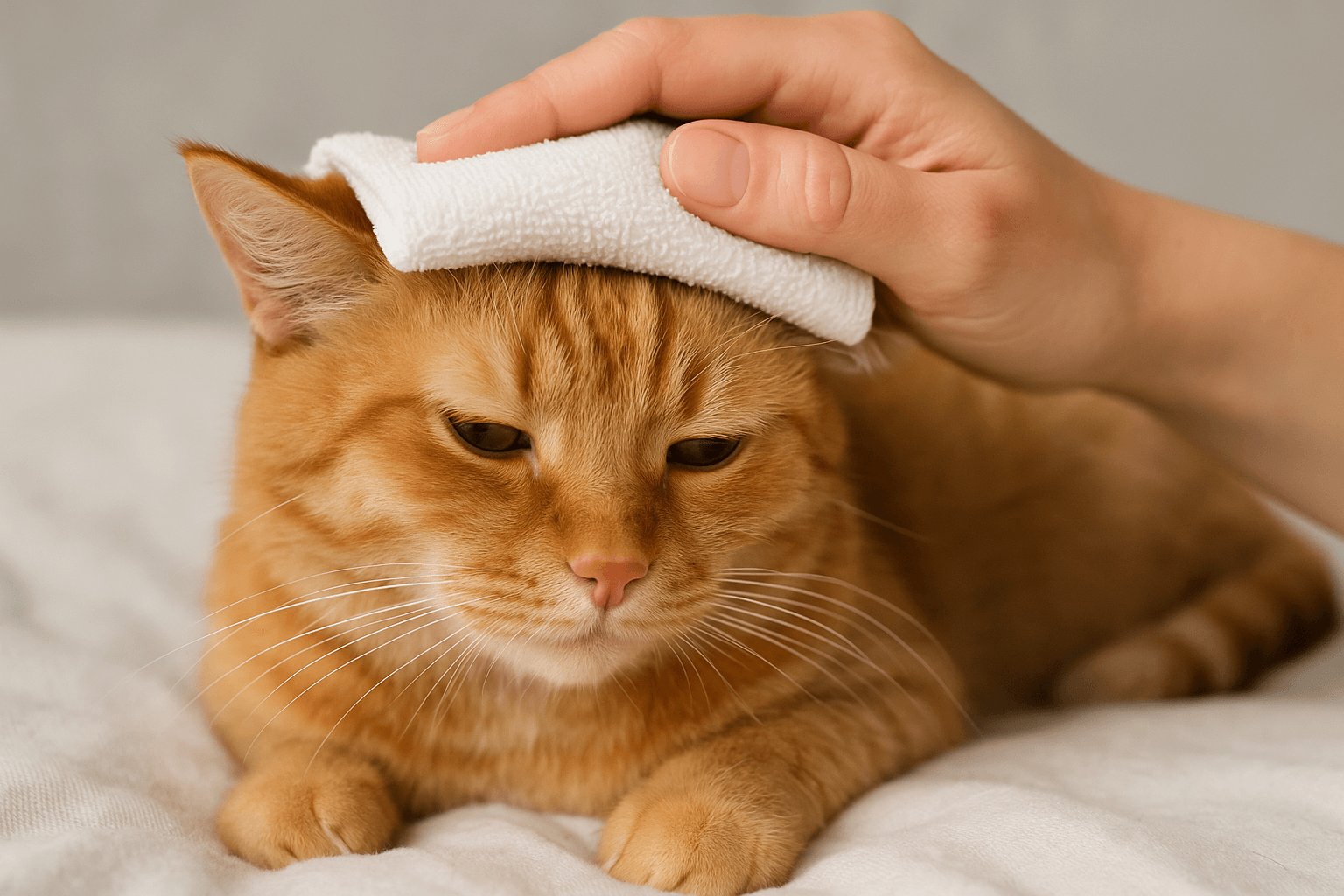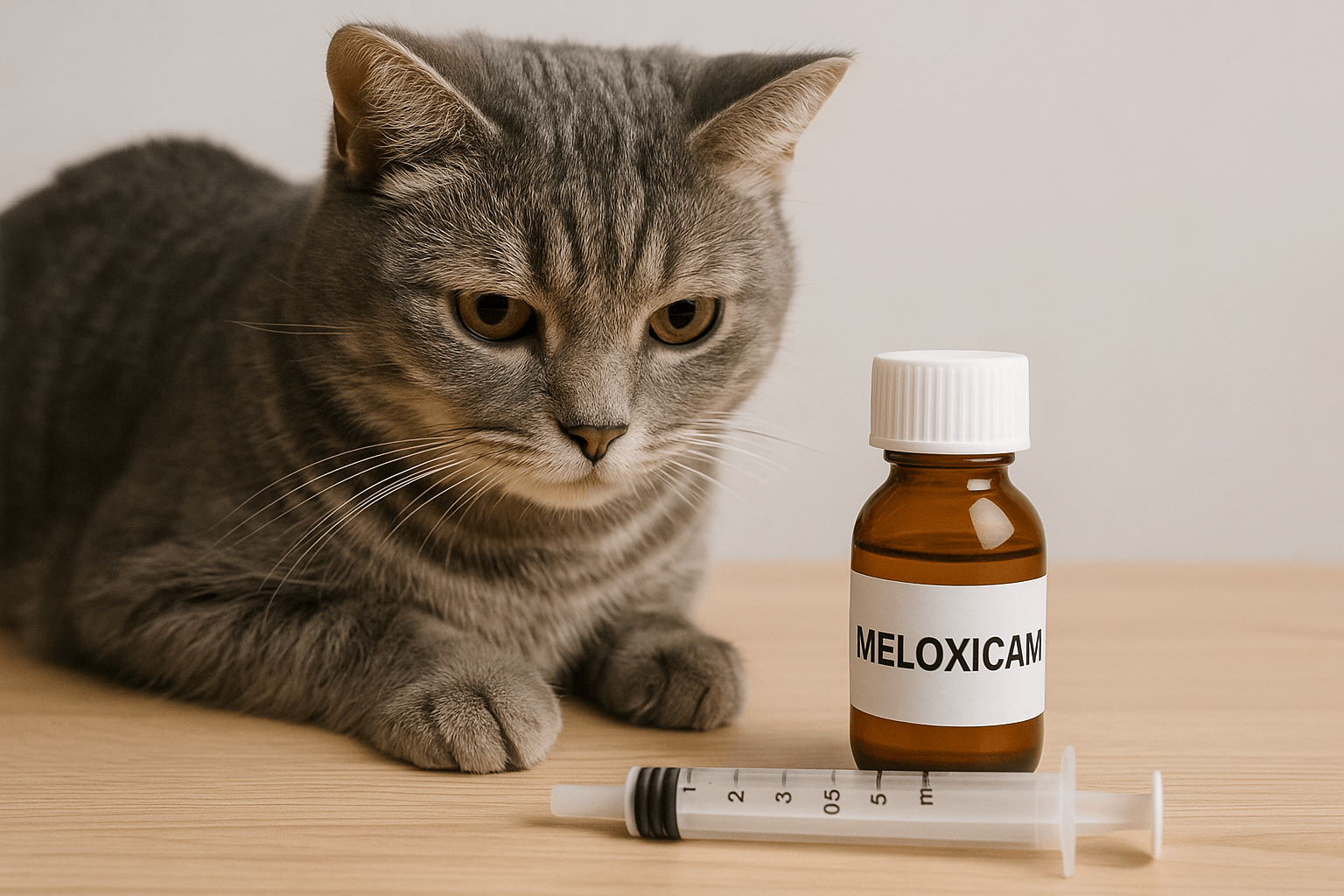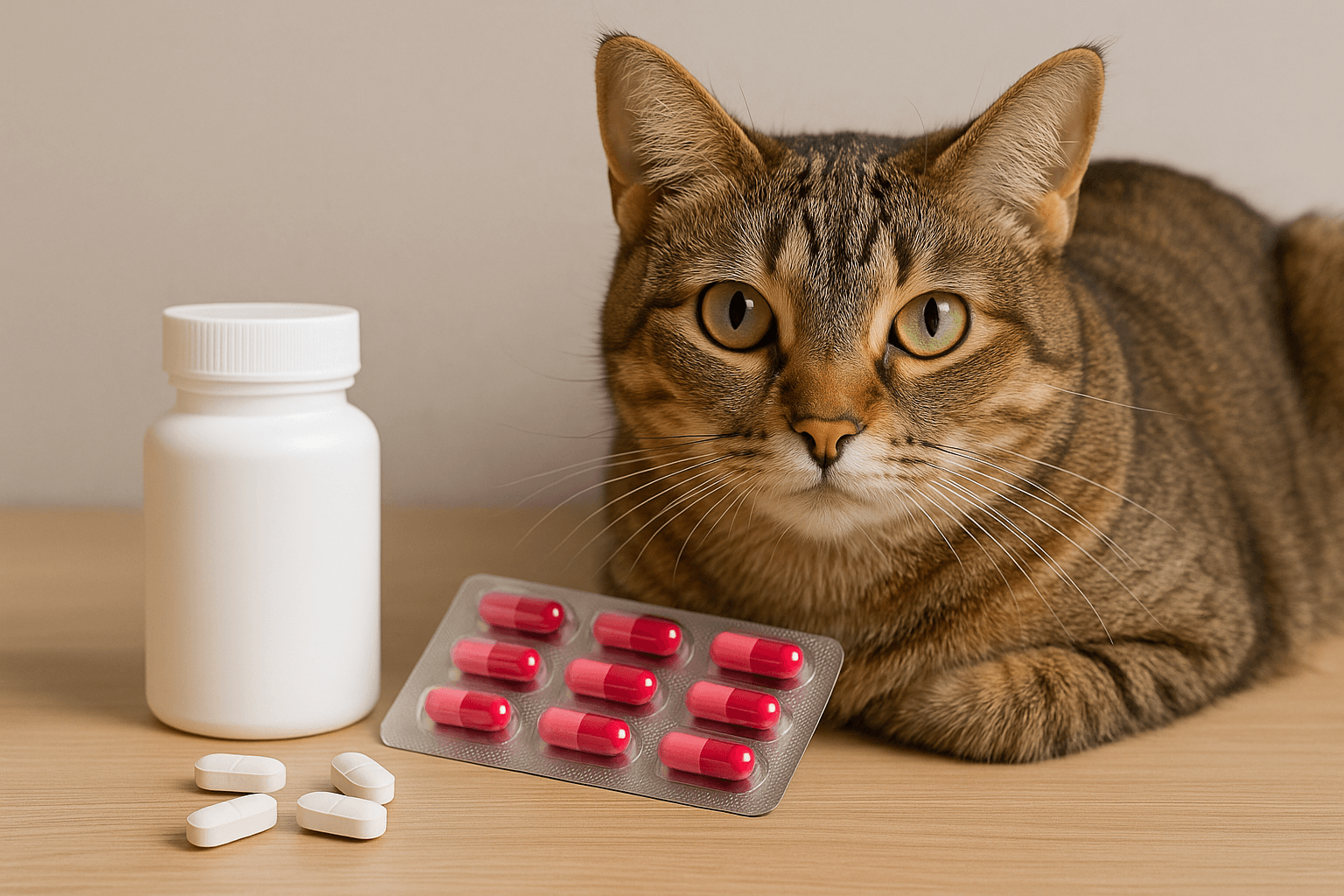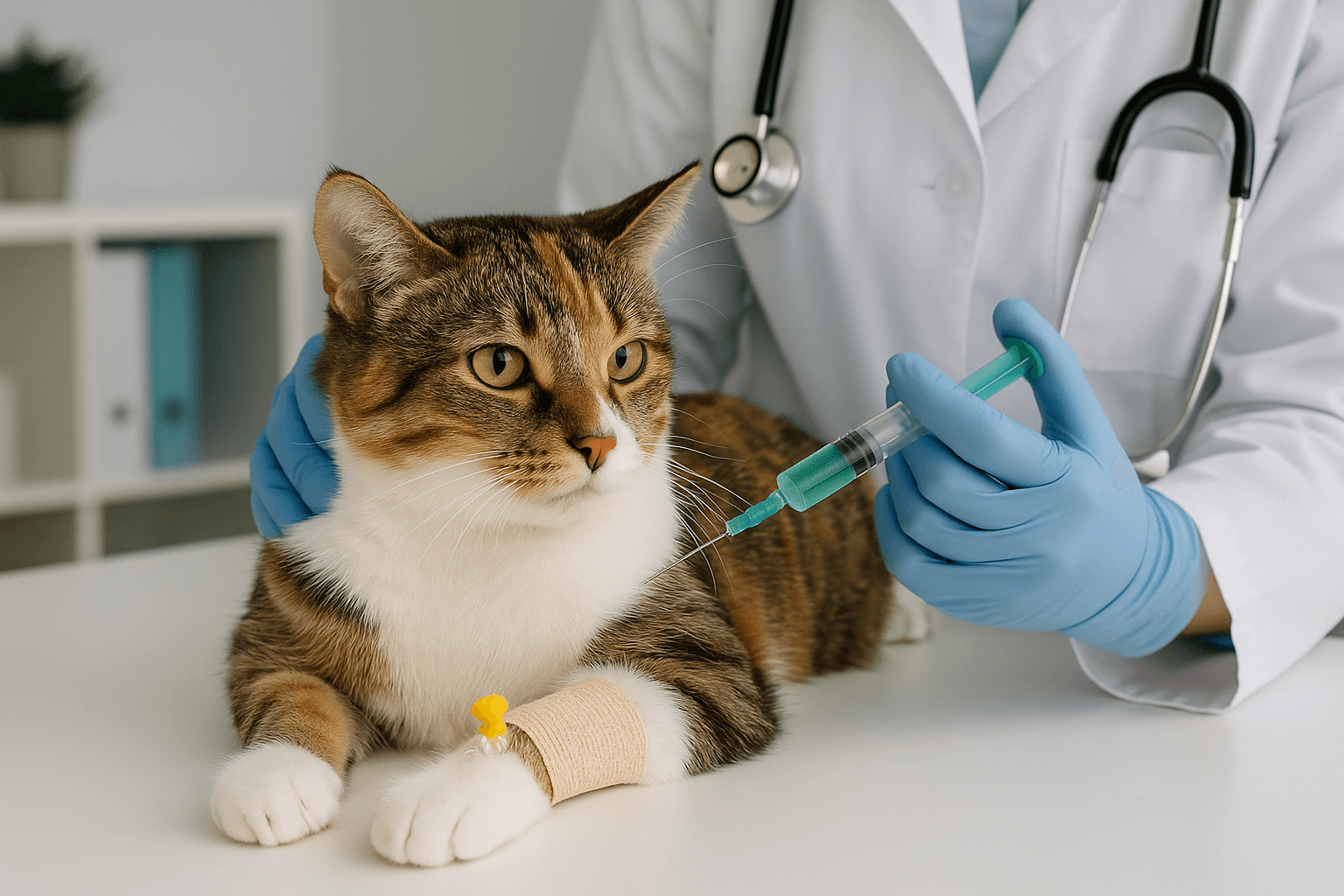Can Dogs Eat Pumpkin Pie? What You Need to Know
Pumpkin pie is a beloved treat during the fall and holiday seasons, but if you’re a dog owner, you might be wondering whether it’s safe to share this dessert with your furry friend. While plain pumpkin is known to be beneficial for dogs, pumpkin pie is a different story due to its added ingredients. In this blog post, we’ll explore whether dogs can eat pumpkin pie, the potential risks involved, and how to safely incorporate pumpkin into your dog’s diet. By the end, you’ll have all the information you need to make informed decisions about sharing this seasonal favorite with your pup.
Is Pumpkin Pie Safe for Dogs?
While pumpkin itself is healthy for dogs, pumpkin pie contains ingredients that can be harmful or unhealthy for them. Here’s a breakdown of what makes pumpkin pie potentially unsafe for your canine companion:
Sugar Content: Pumpkin pie is loaded with sugar, which can lead to obesity, dental issues, and blood sugar imbalances in dogs.
Dairy Ingredients: Many pumpkin pies include milk, cream, or butter, which can upset a dog’s stomach, especially if they are lactose intolerant.
Spices Like Nutmeg: Nutmeg contains myristicin, a compound that can be toxic to dogs in large amounts and cause symptoms like vomiting or seizures.
Artificial Additives: Preservatives, flavorings, and other additives in store-bought pies may irritate your dog’s digestive system.
Crust Ingredients: The crust often contains high-fat butter and refined flour, which are unhealthy for dogs and can lead to pancreatitis.
Given these factors, it’s best to avoid feeding your dog pumpkin pie altogether. Instead, consider safer alternatives that provide the benefits of pumpkin without the risks.
Health Benefits of Plain Pumpkin for Dogs
Plain, unsweetened pumpkin is a nutritious addition to your dog’s diet and offers several health benefits. If you’re looking for ways to incorporate pumpkin into your dog’s meals, here’s why it’s worth considering:
Digestive Support: Pumpkin is rich in fiber, which can help regulate bowel movements and relieve both diarrhea and constipation.
Hydration Boost: Canned pumpkin (not pie filling) contains a high water content, helping keep your dog hydrated.
Weight Management: The fiber in pumpkin can make your dog feel fuller, aiding in portion control and weight management.
Nutrient-Rich: Pumpkin is packed with vitamins A, C, and E, as well as potassium, which support overall health and immune function.
Urinary Health: The antioxidants in pumpkin may promote a healthy urinary tract and reduce the risk of infections.
Plain pumpkin is a versatile and healthy ingredient for dogs, but it’s important to serve it in moderation and without added sugars or spices.
Check this guide 👉Can Dogs Eat Pomelo? Best 7 Expert Tips!
Check this guide 👉Can Dogs Eat String Cheese? Best 7 Expert Tips!
Check this guide 👉Can Dogs Eat Tilapia? Best 7 Health Tips!

Safe Ingredients for Dogs | Unsafe Ingredients for Dogs |
|---|---|
Plain canned pumpkin | Added sugars and sweeteners |
Freshly cooked pumpkin | Dairy products like milk or cream |
Water | Spices like nutmeg or cinnamon |
Lean meats | Artificial flavors and preservatives |
Dog-safe fruits (e.g., apples) | High-fat pastry crusts |
How to Safely Share Pumpkin with Your Dog
If you’d like to give your dog the benefits of pumpkin without the risks associated with pumpkin pie, there are plenty of safe and creative ways to do so. Here are some ideas:
Plain Canned Pumpkin: Serve 1-2 tablespoons of unsweetened canned pumpkin mixed into your dog’s regular food.
Homemade Pumpkin Treats: Bake homemade dog treats using plain pumpkin, oats, and peanut butter (ensure it’s xylitol-free).
Pumpkin Puree Cubes: Freeze plain pumpkin puree in ice cube trays for a refreshing and hydrating snack.
Pumpkin Smoothies: Blend plain pumpkin with water or low-sodium chicken broth for a tasty drink.
DIY Pumpkin Mash: Cook fresh pumpkin, mash it, and serve it as a side dish or topping for your dog’s meals.
These options allow your dog to enjoy the nutritional benefits of pumpkin while avoiding the harmful ingredients found in pumpkin pie.
Signs Your Dog May Have Eaten Pumpkin Pie
If your dog accidentally eats pumpkin pie, it’s important to monitor them closely for any adverse reactions. Here are some signs that they may have consumed something harmful:
Vomiting or Diarrhea: These are common symptoms of digestive upset caused by sugar, dairy, or spices.
Lethargy or Weakness: A sudden lack of energy could indicate a reaction to an ingredient like nutmeg.
Excessive Thirst or Urination: This may result from consuming high amounts of sugar.
Abdominal Pain: Signs of discomfort, such as whining or restlessness, could indicate pancreatitis from fatty crusts.
Allergic Reactions: Symptoms like itching, swelling, or difficulty breathing may occur if your dog is allergic to an ingredient.
If you notice any of these signs, contact your veterinarian immediately. Early intervention can prevent more serious complications.
Fun Ways to Incorporate Pumpkin into Your Dog’s Diet
If you’re looking for creative ways to add pumpkin to your dog’s meals or snacks, there are plenty of options that are both healthy and enjoyable for your pup. Here are some fun ideas to try:
Pumpkin Peanut Butter Balls: Mix plain pumpkin with xylitol-free peanut butter, roll into small balls, and freeze for a tasty treat.
Pumpkin Oatmeal Cookies: Combine pumpkin, oats, and a little water, then bake until firm for a crunchy snack.
Pumpkin Yogurt Drops: Blend plain pumpkin with unsweetened, plain yogurt and freeze in small dollops for a refreshing treat.
Pumpkin Rice Cakes: Spread a thin layer of pumpkin puree on plain rice cakes (without added sugar) and let your dog enjoy the crunch.
Pumpkin Smoothie Bowls: Blend pumpkin with water or low-sodium broth, pour into a bowl, and top with a few dog-safe fruits like blueberries.
These creative recipes not only provide nutritional benefits but also keep mealtime exciting for your dog. Always ensure all ingredients are safe and served in moderation.
Common Mistakes to Avoid When Feeding Pumpkin
While pumpkin is a healthy addition to your dog’s diet, there are some common mistakes pet owners make when introducing it. Avoiding these pitfalls ensures your dog stays safe and healthy. Here’s what to watch out for:
Using Pie Filling Instead of Plain Pumpkin: Pie filling contains added sugars and spices that can harm your dog’s health.
Overfeeding Pumpkin: Too much fiber can lead to digestive upset, including diarrhea or constipation.
Adding Harmful Ingredients: Never mix pumpkin with toxic foods like chocolate, raisins, or artificial sweeteners.
Serving Raw Pumpkin Incorrectly: Raw pumpkin can be hard to digest; always cook it thoroughly before serving.
Ignoring Allergies or Intolerances: Some dogs may have sensitivities to pumpkin, so introduce it gradually and monitor their reaction.
By avoiding these mistakes, you can safely incorporate pumpkin into your dog’s diet without any negative side effects. Always prioritize your dog’s individual needs and consult your vet if unsure.
Signs Your Dog Enjoys Eating Pumpkin
Dogs often enjoy the taste and texture of pumpkin, and their body language can tell you if they’re loving it. Here are some signs that your dog enjoys eating pumpkin:
Excited Wagging Tail: A wagging tail during or after eating pumpkin indicates happiness and satisfaction.
Eagerly Licking the Bowl: If your dog licks the bowl clean, it’s a clear sign they find pumpkin delicious.
Increased Appetite: Dogs that eat their meals faster when pumpkin is added may enjoy its flavor.
Playful Energy After Eating: A burst of energy or playful behavior after consuming pumpkin suggests they feel good.
Calm and Relaxed Demeanor: Digestive relief from pumpkin can leave your dog feeling calm and content.
These signs show that pumpkin not only benefits your dog’s health but also makes them happy. If your dog loves it, consider making it a regular part of their diet in safe amounts.
Frequently Asked Questions About Dogs and Pumpkin Pie
Can dogs eat pumpkin pie filling?
No, most pie fillings contain added sugars, spices, and preservatives that are unhealthy for dogs.
Is canned pumpkin safe for dogs?
Yes, plain canned pumpkin (not pie filling) is safe and beneficial for dogs when served in moderation.
What should I do if my dog eats pumpkin pie?
Monitor them for symptoms like vomiting, diarrhea, or lethargy, and consult your vet if you notice anything unusual.
Can pumpkin help with my dog’s upset stomach? **
Yes, plain pumpkin can aid digestion due to its high fiber content, but avoid adding spices or sweeteners.
How much pumpkin can I give my dog?
Start with 1-2 tablespoons for small dogs and up to 4 tablespoons for larger breeds, depending on their size and dietary needs.
In Conclusion: A Safe Treat Option for Your Dog
While pumpkin pie isn’t a safe treat for dogs due to its high sugar content, dairy, and spices, plain pumpkin is an excellent alternative that offers numerous health benefits. By understanding the difference between safe and unsafe ingredients, you can ensure your dog enjoys the goodness of pumpkin without the risks. Whether you choose to mix it into their meals, bake homemade treats, or freeze pumpkin cubes, there are plenty of ways to spoil your pup safely. Remember, moderation is key, and always consult your vet before introducing new foods to your dog’s diet. With these tips, you can celebrate the season with your furry friend in a way that’s both fun and healthy!
Cat Fever Treatment: Best 7 Expert Tips! Discover expert advice on identifying, managing, and treating fever in cats to ensure their quick recovery and well-being.
Understanding Meloxicam for Cats: Best 7 Expert Tips! Learn how to safely administer meloxicam, manage side effects, and ensure your cat's comfort with expert advice on feline pain relief.
Amoxicillin for Cat UTI: Best 7 Expert Tips! Discover safe usage, dosage guidelines, and expert advice on treating feline urinary tract infections effectively with amoxicillin.
Understanding Cat Cancer Treatment: Best 7 Expert Tips! Discover expert advice on managing feline cancer, from early detection to treatment options, ensuring your cat’s health and comfort.

